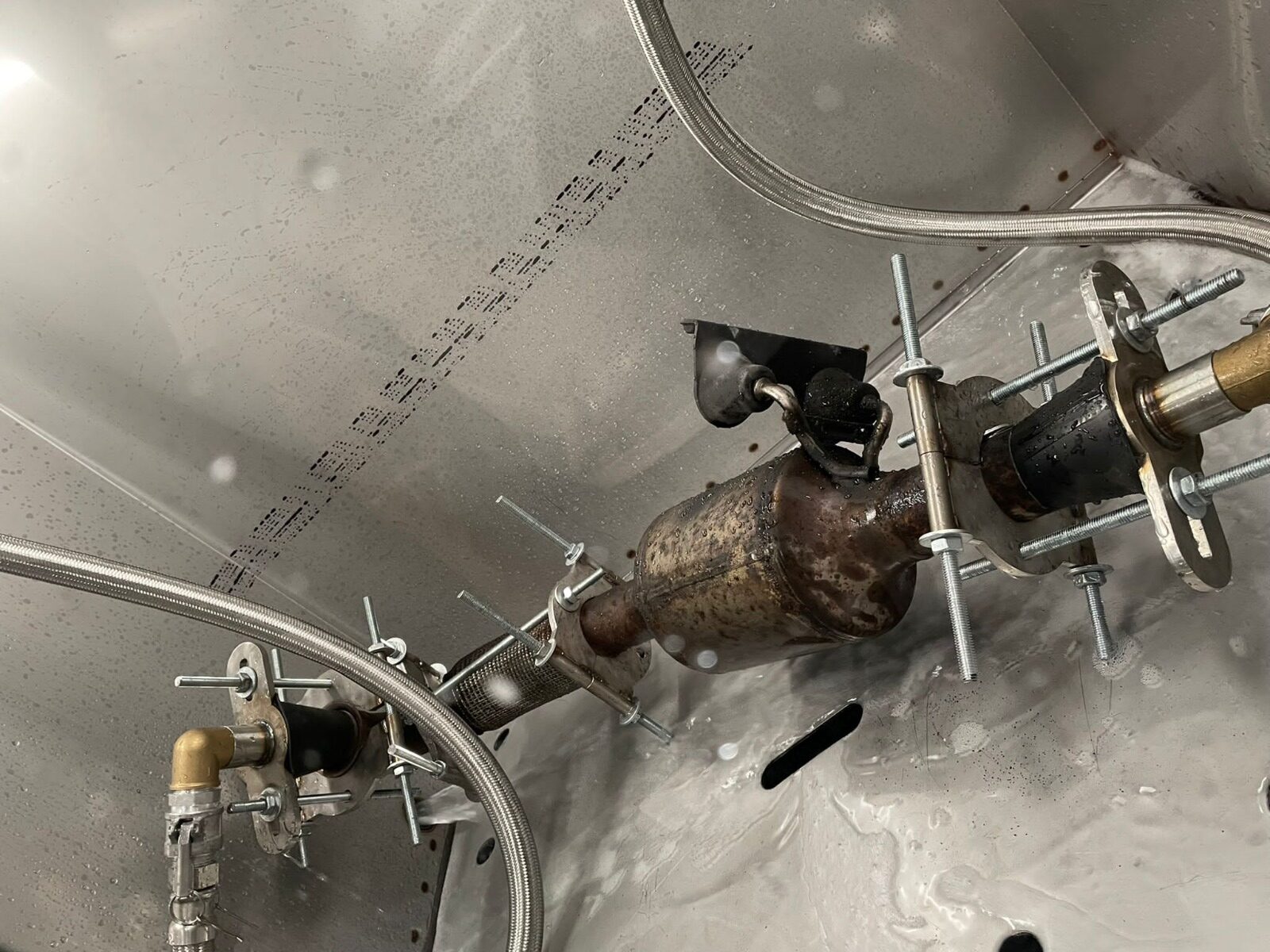Address
304 North Cardinal St.
Dorchester Center, MA 02124
Work Hours
Monday to Friday: 7AM - 7PM
Weekend: 10AM - 5PM
Address
304 North Cardinal St.
Dorchester Center, MA 02124
Work Hours
Monday to Friday: 7AM - 7PM
Weekend: 10AM - 5PM

The DPF indicator light is a warning signal that should not be ignored. Many drivers ask themselves: how long can you keep driving with a clogged DPF filter before a serious breakdown occurs? The answer is simple – the longer you wait, the higher the risk of costly repairs. In this article, we explain what happens to the car after the DPF gets clogged, how to recognize the critical point, and why it’s worth acting quickly.

The DPF filter is designed to trap soot and ash from exhaust gases. When it fills up beyond the allowable level, the engine system tries to regenerate it automatically. However, if you mostly drive in the city with short trips and low exhaust temperatures, regeneration cannot complete. In that case, soot builds up faster and the exhaust system pressure increases.
As a result:
If the DPF warning light has come on for the first time and the car has not yet entered limp mode – you can drive for a few dozen kilometers at most, trying to carry out on-road regeneration. However, this requires the right conditions:
If the light does not go out after this time, it means that the filter is too clogged and self-regeneration is no longer possible. Continuing to drive will only increase back pressure in the exhaust and risk turbocharger damage.
Continuing to drive with a blocked filter is a straight path to expensive repairs. The most common consequences of waiting too long include:
Therefore, if the DPF light does not go out after several dozen kilometers, don’t delay – take the filter for cleaning. It’s a much cheaper and safer solution.
If on-road regeneration didn’t work, workshop cleaning is the only option. The most effective method is hydrodynamic cleaning, which removes both soot and ash from the entire surface of the filter core.
Professional workshops use machines such as MDM-1B, which operate with 2HYDRO technology – two-sided water flushing under pressure, pressure testing before and after, and drying at 150°C. This restores up to 98% of the filter’s original flow capacity, and the whole process takes about 30–45 minutes.

The MDM-1B machine monitors flow, pressure, and temperature in real time, ensuring precise and safe cleaning. Compared to chemical methods, hydrodynamic cleaning restores true efficiency of the filter, not just partial flow.
To avoid DPF problems in the future:
Regular driving in proper conditions and engine maintenance significantly extend DPF lifespan. However, if clogging occurs, professional cleaning using MDM-1B 2HYDRO technology is the safest way to restore full filter efficiency.
Driving with a clogged DPF is a risky game against time. The longer you wait, the higher the chance of engine failure and costly repairs. When the DPF light does not turn off despite regeneration driving, the filter needs cleaning. The best solution is professional hydrodynamic cleaning using MDM-1B 2HYDRO technology – fast, safe, and effective. It restores full filter performance and helps you avoid expensive replacement.